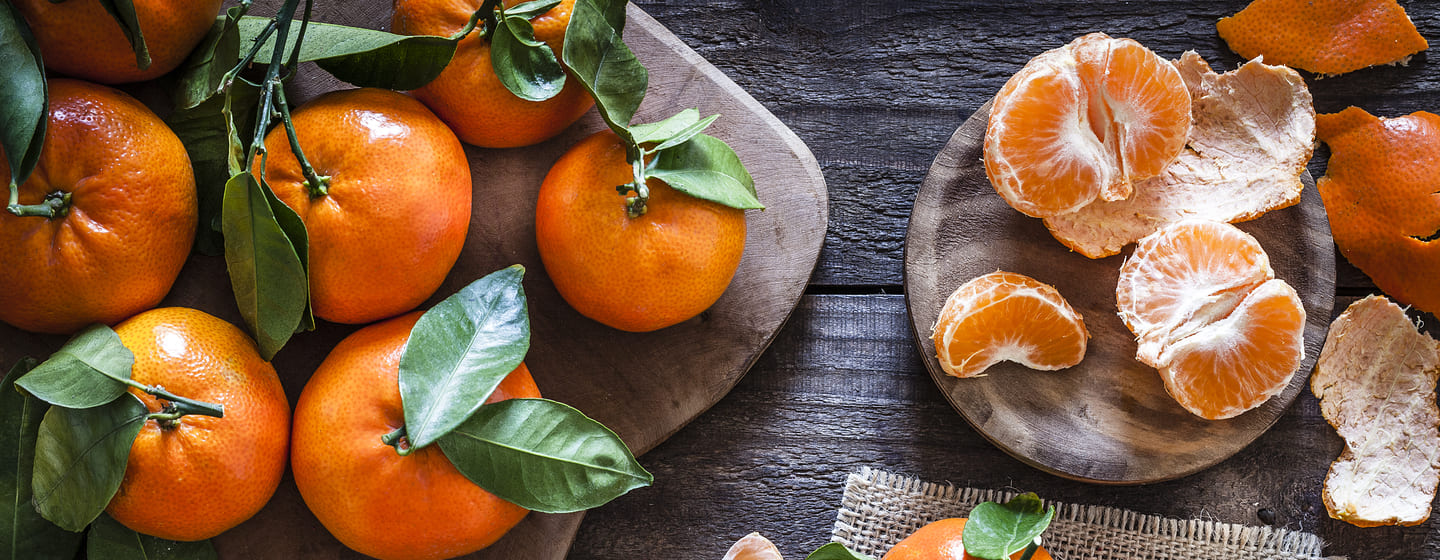Smaller and simpler to peel than their bigger siblings, mandarin oranges are sweeter than both yet nevertheless boast high levels of vitamin C. Mandarins are fantastic for adding variety to lunches and for snacking on the go, but can our dogs get the same health advantages from eating them as we do?
If you want to know everything there is to know about dogs and these oranges, you should read on.
Will a dog be like a mandarin?
Your dog or cat probably won’t get sick from eating a tangerine slice now and again. Although tangerine is safe for dogs to consume in moderation, your dog is more likely to like one of the many other treats specifically designed for canines.
Could a dog safely eat a mandarin?
Mandarins do benefit from having high levels of vitamins C and A, as well as other minerals, but your dog will obtain appropriate amounts of these nutrients from their comprehensive and balanced diet, so there is no need to augment their meal with mandarins.
Although the flesh of mandarins is not dangerous, dog’s digestive systems are not built to swallow citrus fruits, partially owing to their high acidity, thus ingesting a significant amount of them might cause stomach trouble. Due to their high sugar content, mandarins should also be kept away from dogs with diabetes.
It is difficult for a dog’s digestive tract to break down mandarin peel, which can also cause gastrointestinal problems. This may cause gastrointestinal distress in dogs and result in diarrhea or vomiting. The essential oils limonene and linalool are found in the peel and pith and are harmful to dogs.
Instructions for Giving Your Dog Mandarins
Don’t be shocked if your dog shows little interest in sampling a portion if citrus fruits are included; many dogs simply don’t care for their flavor. To test if your dog likes it, try serving them a little piece of the fruit after peeling it and discarding the seeds (seeds contain minor quantities of cyanide).
If your dog doesn’t enjoy mandarin, you may try feeding them another non-citrus fruit, such an apple or banana, or you could just give them some nice dog treats. To be safe, remember the “10% Rule” when giving your dog treats: just 10% of your dog’s total daily calorie intake should come from treats, while the remaining 90% should come from a comprehensive and balanced diet.
